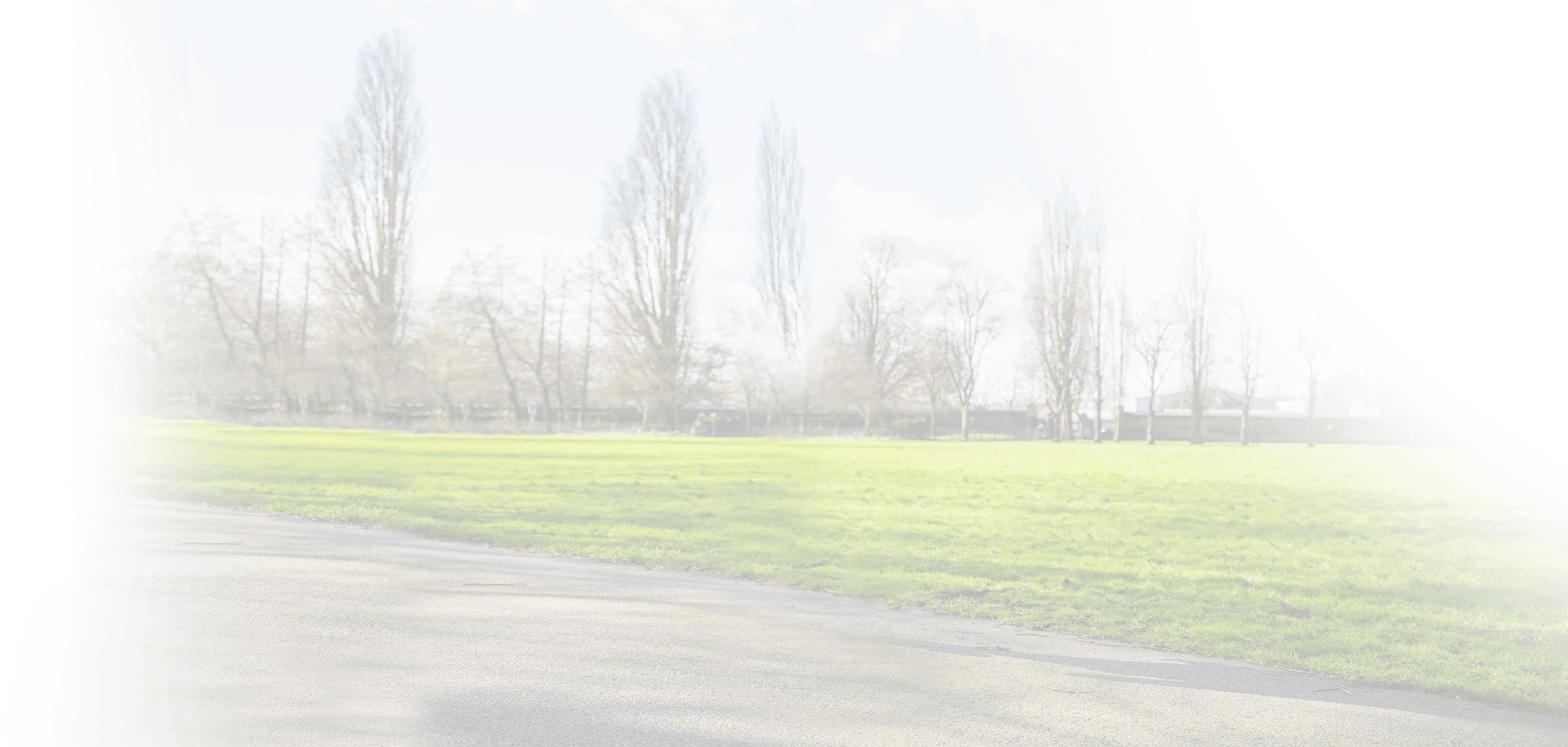Mini BladeXT
For young people, life never stops. An active lifestyle needs to be fully equipped to meet the needs of the most demanding user, whether it’s going to school, playing games, spending time with friends, running, cycling or taking part in other sports.
Designed to offer a complete solution, the Mini BladeXT offers outstanding stability, ground compliance and improved comfort through the split toe and traction sole, while its C-shaped toe spring is primed for optimal energy response.
Available in dazzling pink or electric blue, the Mini BladeXT is the ideal choice for children and may be the only foot they need!
- Activity level 3
- Activity level 4
- Submersion to a depth of 1m
Key Benefits
-
Energy Response

The curved toe design works like a loaded spring to assist forward progression. From initial ground strike, the C-shaped curve compresses and stores energy, ready to release upon the next step.
-
Protection & Stability

With a unique toe and heel design, users feel balanced and secure when standing, running or making a change of direction. This also ensures shock absorption for comfort and protection on every step.
-
Safety & Compliance

An integral traction sole helps to provide safety and surefootedness for all activities. The split toe improves ground compliance, provides flexibility and enhances comfort on uneven ground.
-
Lightweight & Strong

The lightweight construction won’t slow you down. Made from e-carbon, the Mini BladeXT is strong and tough, yet flexible and responsive.

Natural Motion
As the wearer transfers their weight onto the Mini BladeXT, the heel spring compresses, absorbing shock for greater comfort and stability during early stance. This ensures a smooth roll-over phase and seamless loading of the e-carbon toe spring. In late stance, the stored energy is released in a forward direction to spring into the next step. The net result is a more balanced, symmetrical and energy efficient gait.
Mini BladeXT Clinical Evidence Reference
Clinical Outcomes using e-carbon feet
-
Safety
- High mean radius of curvature for Esprit-style e-carbon feet2: “The larger the radius of curvature, the more stable is the foot”
-
Mobility
- Allow variable running speeds3
- Increased self-selected walking speed4
-
Loading symmetry
- Users demonstrate confidence in prosthetic loading during high activity6
- Improved prosthetic push-off work compared to SACH feet7
- Increased prosthetic positive work done4
-
User satisfaction
- High degree of user satisfaction, particularly with high activity users8
References
-
Full Reference Listing
-
Crimin A, McGarry A, Harris EJ, et al.
The effect that energy storage and return feet have on the propulsion of the body: A pilot study. Proc Inst Mech Eng [H] 2014; 228: 908–915.
-
Curtze C, Hof AL, van Keeken HG, et al.
Comparative roll-over analysis of prosthetic feet. J Biomech 2009; 42: 1746–1753.
-
Strike SC, Arcone D, Orendurff M.
Running at submaximal speeds, the role of the intact and prosthetic limbs for trans-tibial amputees. Gait Posture 2018; 62: 327–332.
-
Ray SF, Wurdeman SR, Takahashi KZ.
Prosthetic energy return during walking increases after 3 weeks of adaptation to a new device. J Neuroengineering Rehabil 2018; 15: 6.
-
Wurdeman SR, Stevens PM, Campbell JH.
Mobility analysis of AmpuTees (MAAT 5): Impact of five common prosthetic ankle-foot categories for individuals with diabetic/dysvascular amputation. J Rehabil Assist Technol Eng 2019; 6: 2055668318820784.
-
Haber CK, Ritchie LJ, Strike SC.
Dynamic elastic response prostheses alter approach angles and ground reaction forces but not leg stiffness during a start-stop task. Hum Mov Sci 2018; 58: 337–346.
-
Rock CG, Wurdeman SR, Stergiou N, Takahashi KZ.
Stride-to-stride fluctuations in transtibial amputees are not affected by changes in push-off mechanics from using different prostheses. PloS one. 2018;13(10).
-
Highsmith MJ, Kahle JT, Miro RM, et al.
Differences in Military Obstacle Course Performance Between Three Energy-Storing and Shock-Adapting Prosthetic Feet in High-Functioning Transtibial Amputees: A Double-Blind, Randomized Control Trial. Mil Med 2016; 181: 45–54.
-




